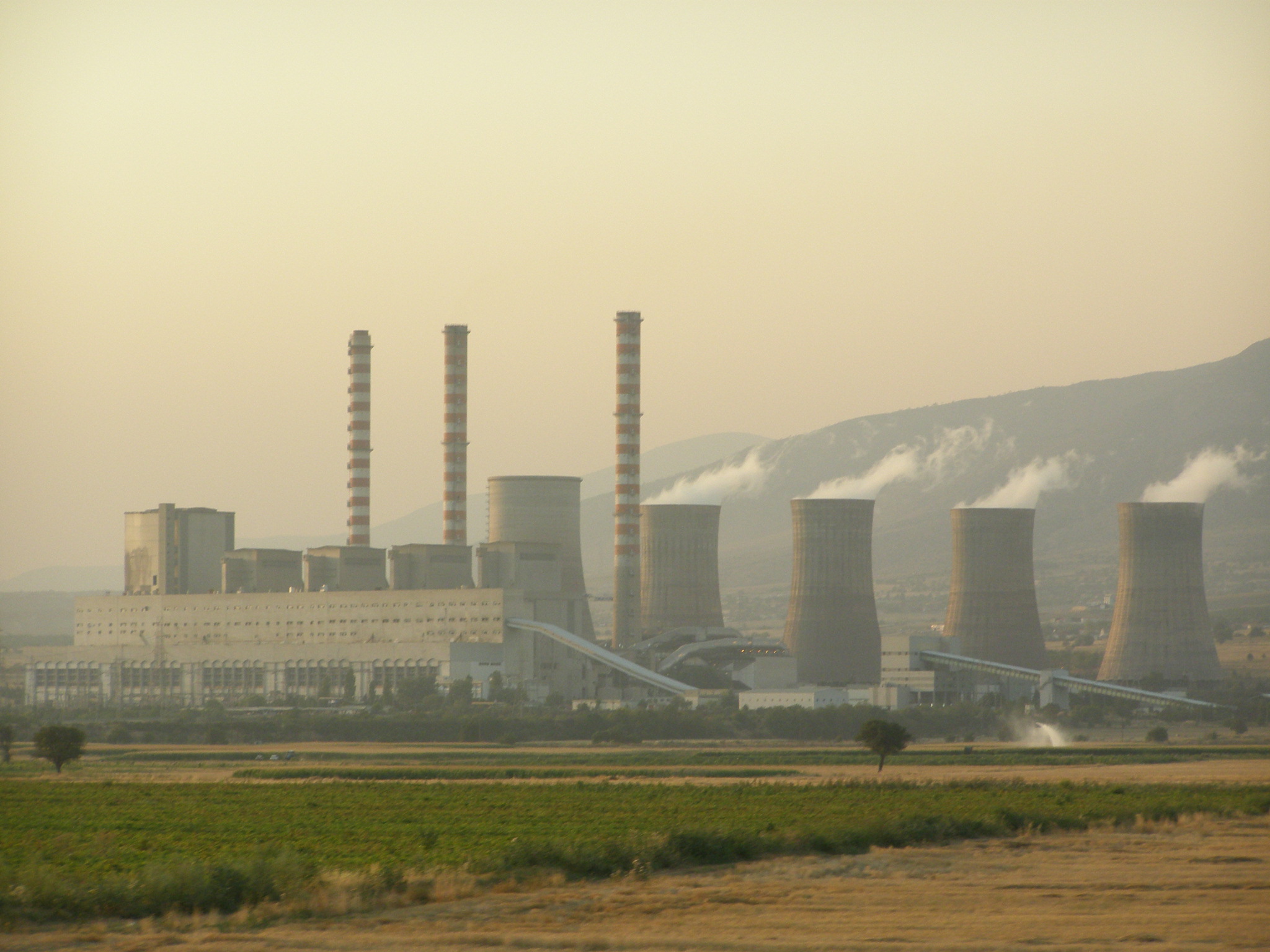In this regional profile, we look at West Macedonia, one of our promising secondary regions
West Macedonia in north-west Greece is one of the two secondary regions (the other being Upper Silesia, Poland) where PilotSTRATEGY is working to increase the maturity and confidence level of understanding of deep saline aquifer (DSA) storage resources which could be used for captured CO2. To do this, our two Greek partners, CERTH and Hellenic Hydrocarbon Resources Management (HHRM), are using new available data, reprocessing old data and carrying out new dynamic simulation studies to enable the region to start planning to develop its storage resources.
Tentative development plans are being designed to provide an overview, identifying technical, legal, financial, and administrative gaps and needs, to promote CCUS development. With West Macedonia (and also Upper Silesia) a coal region in transition, PilotSTRATEGY is also helping find new economic opportunities to enable a smooth transition for local communities. To achieve this, another key strand of our work in Greece – and elsewhere – is involving regional stakeholders and the public to study and build social acceptance of CCUS technology.
“West Macedonia is an energy in transition area with a skilful workforce looking to get deployed in energy-related projects,” says Dr Nikolaos Koukouzas of CERTH, the research organisation, which is leading PilotSTRATEGY’s work in Greece.
West Macedonia shares borders with Albania and North Macedonia and includes the regional municipalities of Florina, Grevena, Kastoria and Kozani. The region is well known for its ample resources, including lignite and ores. The lignite deposits and open pit mines feed the Ptolemaida V Power Station. A new unit being built at the Ptolemaida plant, with a 30-year lifespan, will be CO2 capture ready – good news given that the plant is expected to emit around 4.5 Mt of CO2 annually.
West Macedonia is well connected by railway, highways and to northern Greece’s largest city and port, Thessaloniki. Captured CO2 could be transported to end users or storage sites using an interstate pipeline network or a combination of trucks and tankers. Ptolemaida V is just 140 km from Thessaloniki and capture facilities could be built right next to the power plant.
Our predecessor project STRATEGY-CCUS suggested the region has good storage potential in the Mesohellenic Trough. It estimated Tier 1 CO2 storage capacity of up to 1 Gt in the Pentalofo Formation and capacity of up to 0.85 Gt of CO2 in the Eptachori Formation.
HHRM involvement “very positive”
In PilotSTRATEGY, we are benefitting from the addition to the team of HHRM, the state-owned company that manages Greece’s upstream and midstream infrastructure assets. As such, it is able to contribute its extensive seismic and other data to the project.
Favourable new legislation for CCS was passed last year which, among other things, has given HHRM responsibility for licensing CO2 storage projects in Greece.
Having HHRM on board is a “very positive development”, says Dr Koukouzas.
“HHRM is a company but it’s basically an arm of government. The colleagues at HHRM are professionals coming from industry but they are in touch with the policymakers. So, through them we have direct communication with the government which is a key stakeholder.”
The two partners have collected field samples and are conducting geological mapping at 1:10000 scale of the promising areas within the Mesohellenic Trough. These will be complemented by data and samples from previous investigations. In addition an Environmental Impact Assessment is being conducted.
“We are conducting a desk study of the Mesohellenic trough – we try to find all the available data, not necessarily geological – also hydrology, land use maps, anything that can support a good conceptual model of the area,” says Dr Pavlos Tyrologou who is co-leading the team in Greece. “There was also a small sampling campaign – we’ve sent samples to France, Scotland and Portugal.”
Storage for other countries
With Greece a lightly industrialised economy and its emissions sources dispersed around the country, it could end up offering storage to eastern European countries or to Italy.
“Our industry is dispersed – we don’t have the industrial hubs that northern Europe has. We have good storage potential so neighbouring countries might be able to use our storage capacity,” he says. “The initial investment and the need for storage would have to come from outside, and that would make it cheaper for companies in Greece to do the same.”
There is also the possibility to use the region’s promising storage capacity for underground energy storage – both hydrogen and compressed air.
“We see a lot of opportunities in underground energy storage – it’s not only CO2 storage,” he says.
As for public acceptance, Dr Koukouzas is hopeful of a positive reception in West Macedonia.
“The region is quite industrialised so the public tend to accept industrial activity,” he says. “[On our side] it’s a matter of understanding our audience, providing the right information and the right messages, and being transparent.”
“We need to find solutions and to provide well-paid green jobs in new green industries. This is actually what innovative projects such as PilotSTRATEGY are trying to achieve - climate solutions,” he says. “If we can communicate this, I think we will have high chances of social acceptance which also leads to project robustness.”
Photo: Agios Dimitrios Thermal Power Plant, Kozani. Courtesy of Thpanagos.



